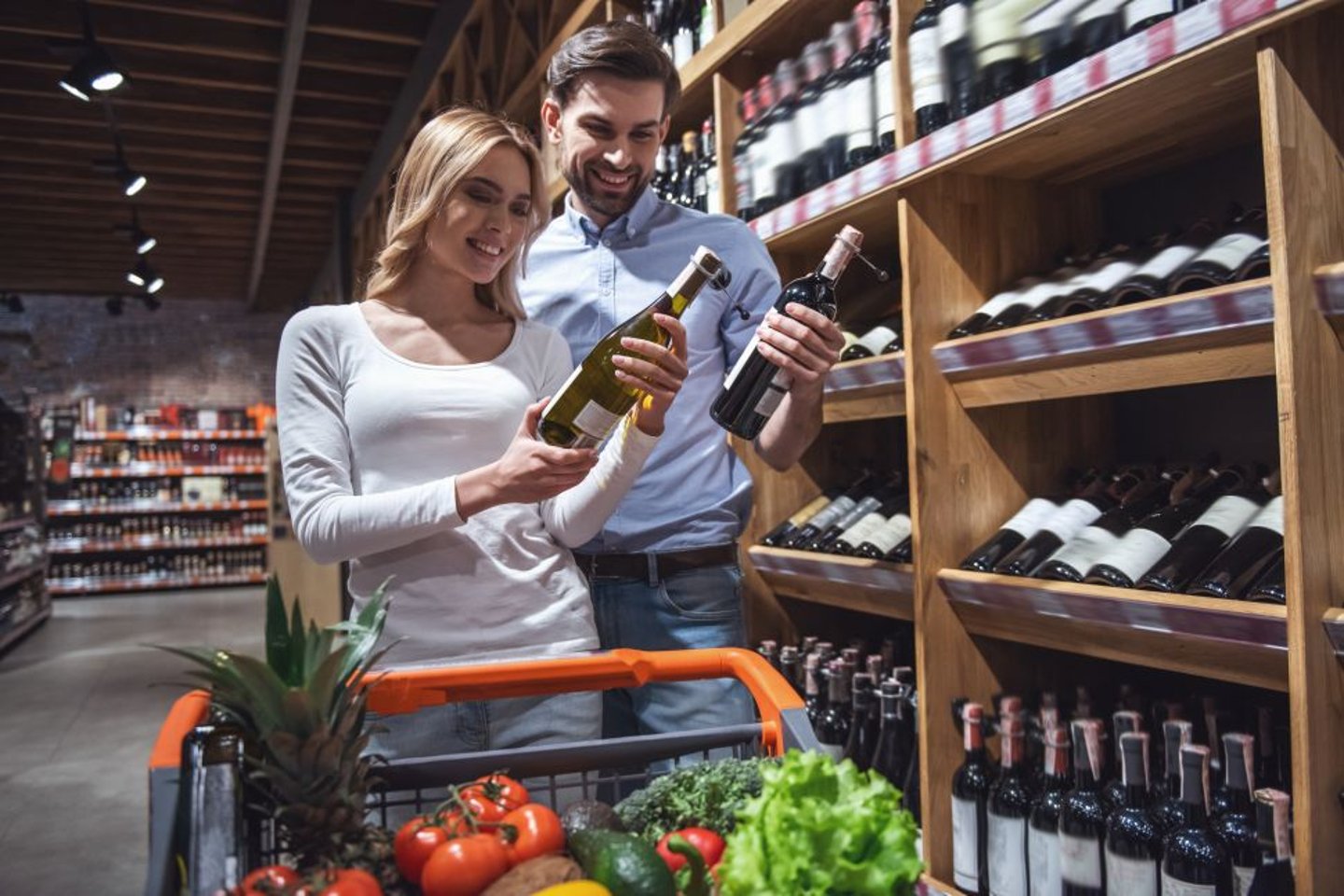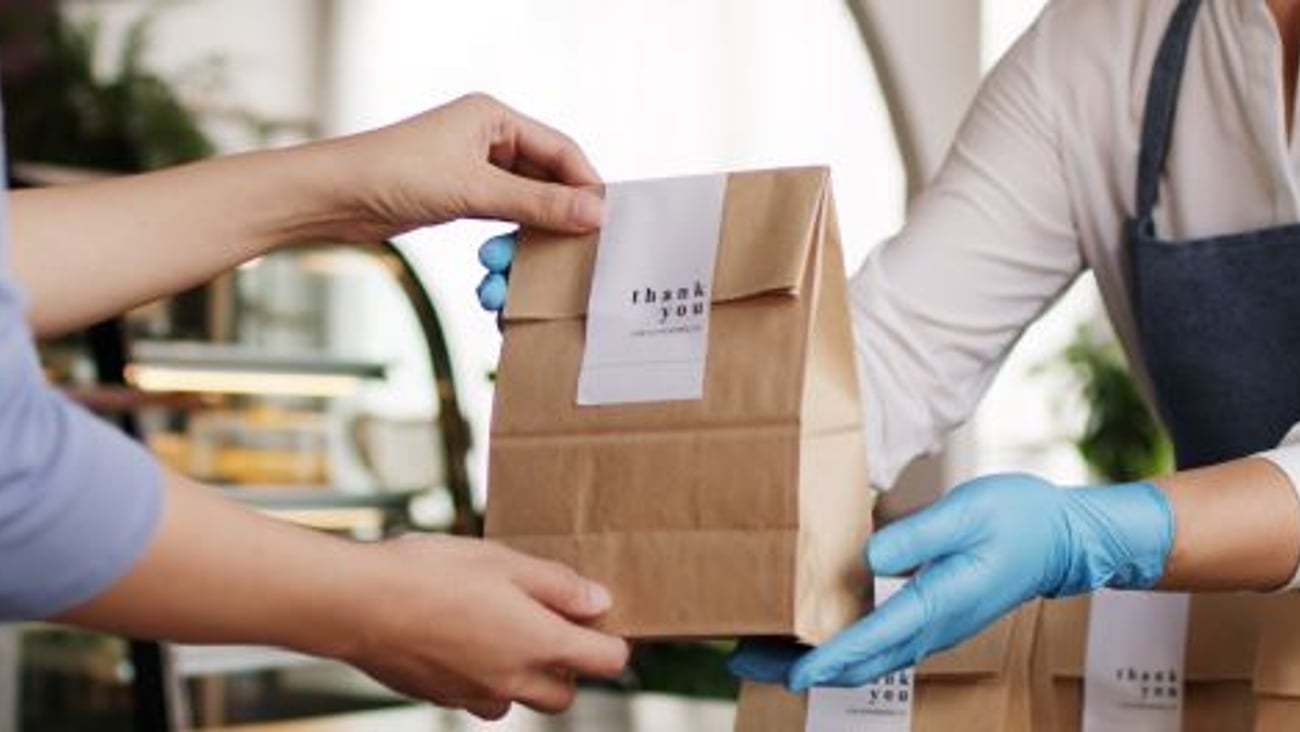Foodservice and beverage alcohol offer the perfect pairing
Alcohol is the most exciting new product category for convenience stores in my lifetime.
With convenience stores in Ontario now selling beer, cider, wine and ready-to-drink alcoholic beverages, there’s huge potential to significantly increase revenues and foot traffic, not to mention provide additional convenience to consumers.
Such revenues are welcome news for convenience operators, many of whom have been struggling financially since the pandemic.
As an added benefit, alcohol sales at convenience stores will require little, if any, advertising and could provide additional peripheral and impulse sales in other product categories.
Combos and promos
From a foodservice perspective; beer, wine and ready-to-drink beverages provide a myriad of options with respect to combination specials. For example, common menu items in convenience stores are pizza and chicken wings, both of which pair well with beer. The addition of new beverages allows for more combination and promotion opportunities.
The primary market indicator for foodservice sales and traffic is consumer confidence, which is relatively low in Ontario at the moment.
As a result, consumers are dining out less and, when they do, ordering less.
However, convenience stores with foodservice have a built-in cost advantage over quick-service restaurants (as discussed in many of my previous columns). The availability of alcohol sales adds to this advantage, allowing convenience stores to provide takeout meals that include an adult beverage, whereas many quick-service restaurants are not licensed. Plus, c-stores can likely do so at a lower price than many licensed restaurants.
Product lines can be rotated and tailored to local consumer preferences. Many ready-to-drink alcoholic beverages and craft beers are increasing in popularity and a rotating stock of unique items could provide an advantage over licensed restaurants.
READ: The Wine Report: Cheers to holiday sales at convenience
Liability factor
The major challenge with selling alcohol is the liability involved. In Ontario, like many jurisdictions, anyone who is involved in serving alcohol may be held responsible for injuries or other damages that occur in cases where alcohol impairment is considered a causal factor: Ensure your insurance covers your store selling this new category.
Convenience stores are; however, experienced with respect to regulated sales as most stock tobacco and lottery products. Cashiers will be required to have one of the Alcohol and Gaming Commission of Ontario (AGCO) liquor retail training certifications, which means they will be trained in effective and safe alcohol service. Like tobacco, service to minors could result in fines and restricted ability to sell the products. The difference; however, is the liability if there is an accident because someone is overserved. Such liability could result in financial challenges that would be extremely difficult to overcome.
Like many industries, labour recruitment and retention at convenience stores is a challenge. One must be 18 years of age or older to sell alcohol in Ontario. This restriction reduces the part-time labour pool that has historically filled many convenience store shifts.
While c-stores are ready to welcome a new clientele, it’s worth keeping in mind that some of these customers may be challenging to serve. Sales of alcohol in convenience stores, for example, must cease at 11:00 p.m. Some customers may ask employees to sell alcohol outside of permissible hours and may do so aggressively. Most convenience stores regularly deal with intoxicated customers; however, with alcohol available in the stores, a new dynamic is created (an intoxicated customer wishing to purchase alcohol). Security, staff training and security camera placement will be important.
The bottom line
A license to sell beverage alcohol is $500 annually. However, the incremental sales potential vastly outweighs this new expense.
The sale of wine, cider, wine and ready-to-drink alcoholic beverages is a great opportunity and convenience store operators should take advantage. Served safely and responsibly, beverage alcohol’s impact on your store’s revenues and profitability can potentially be significant.
Take a strategic approach to pairing beverage alcohol with foodservice and reap the rewards of improved operating results for your store.






